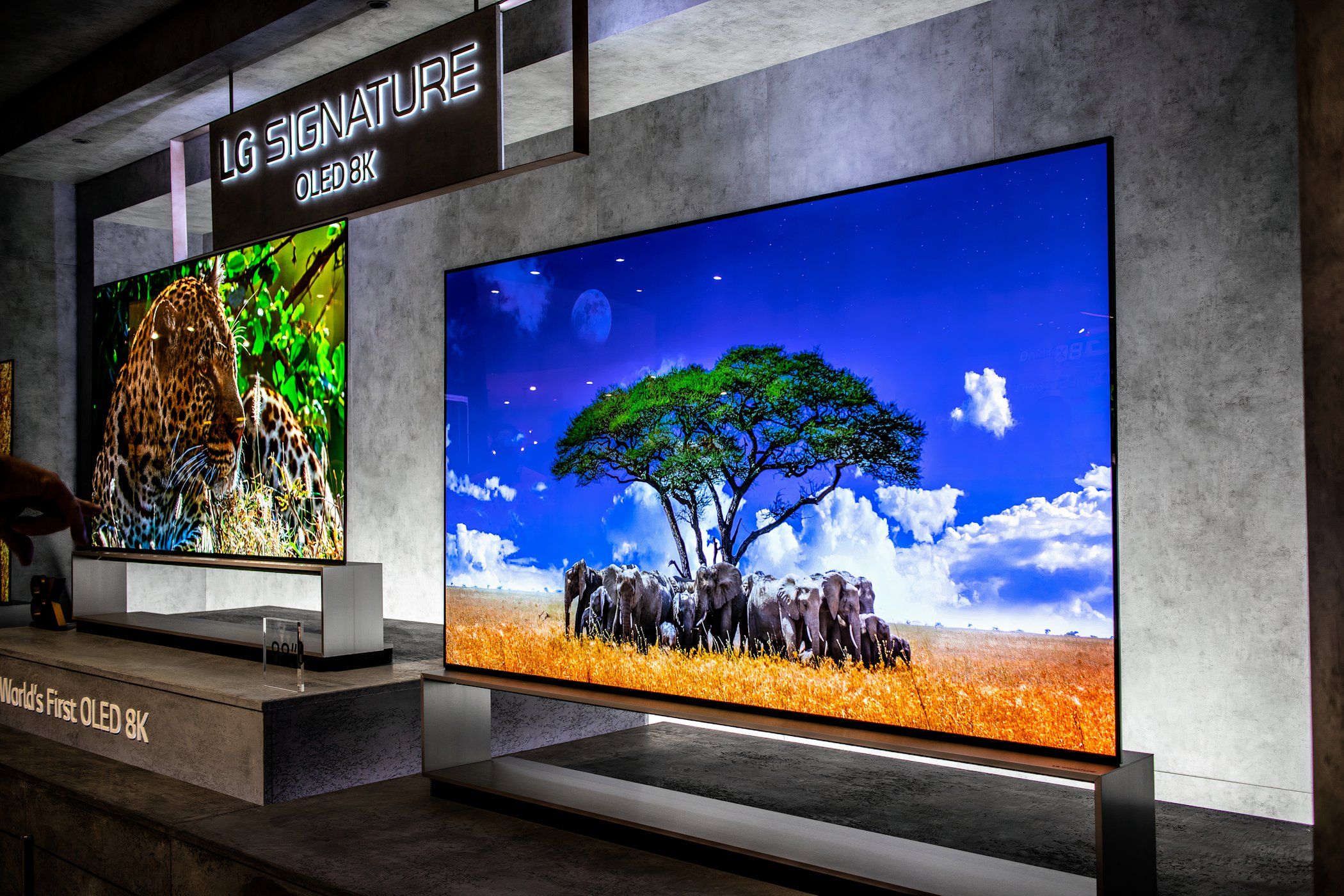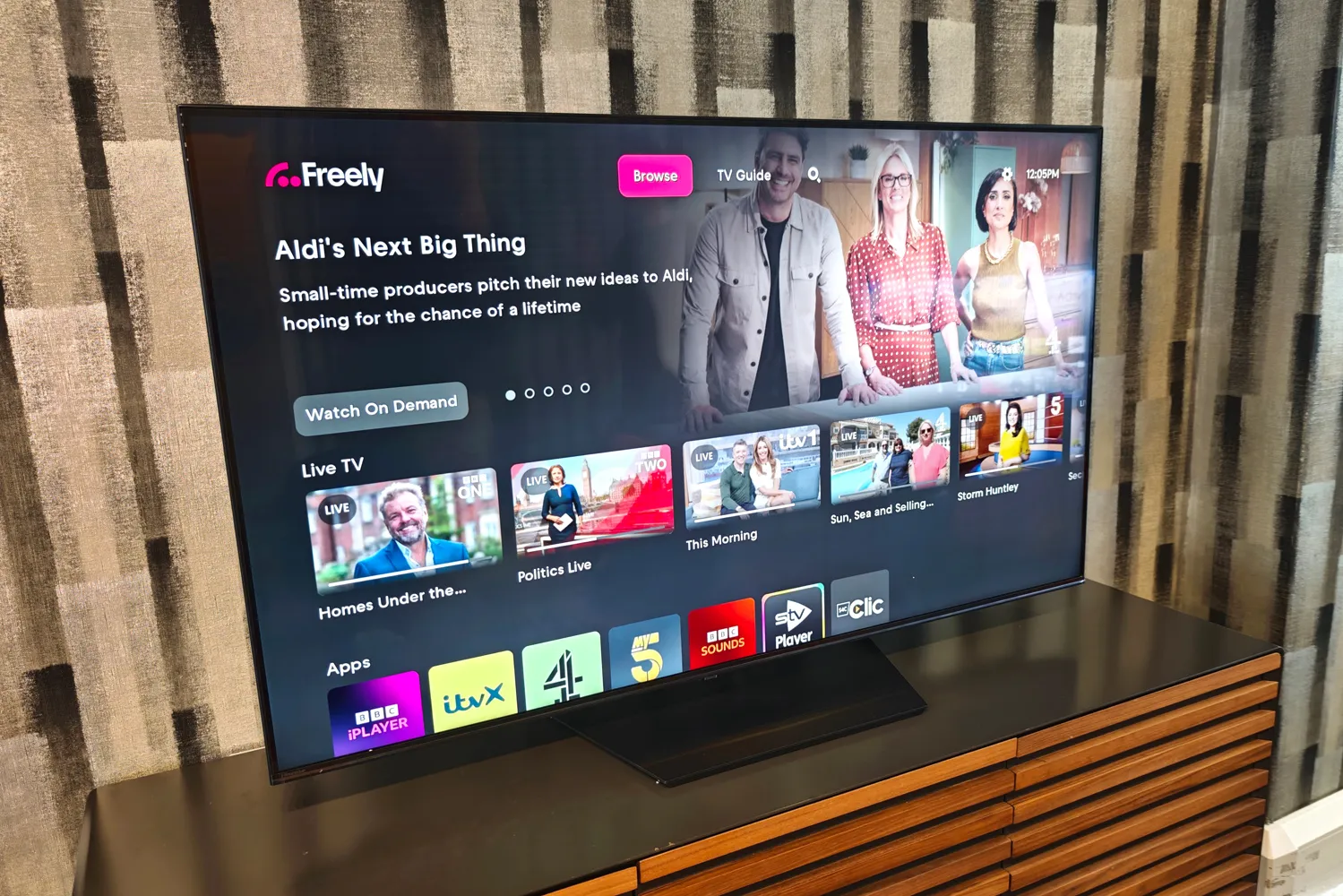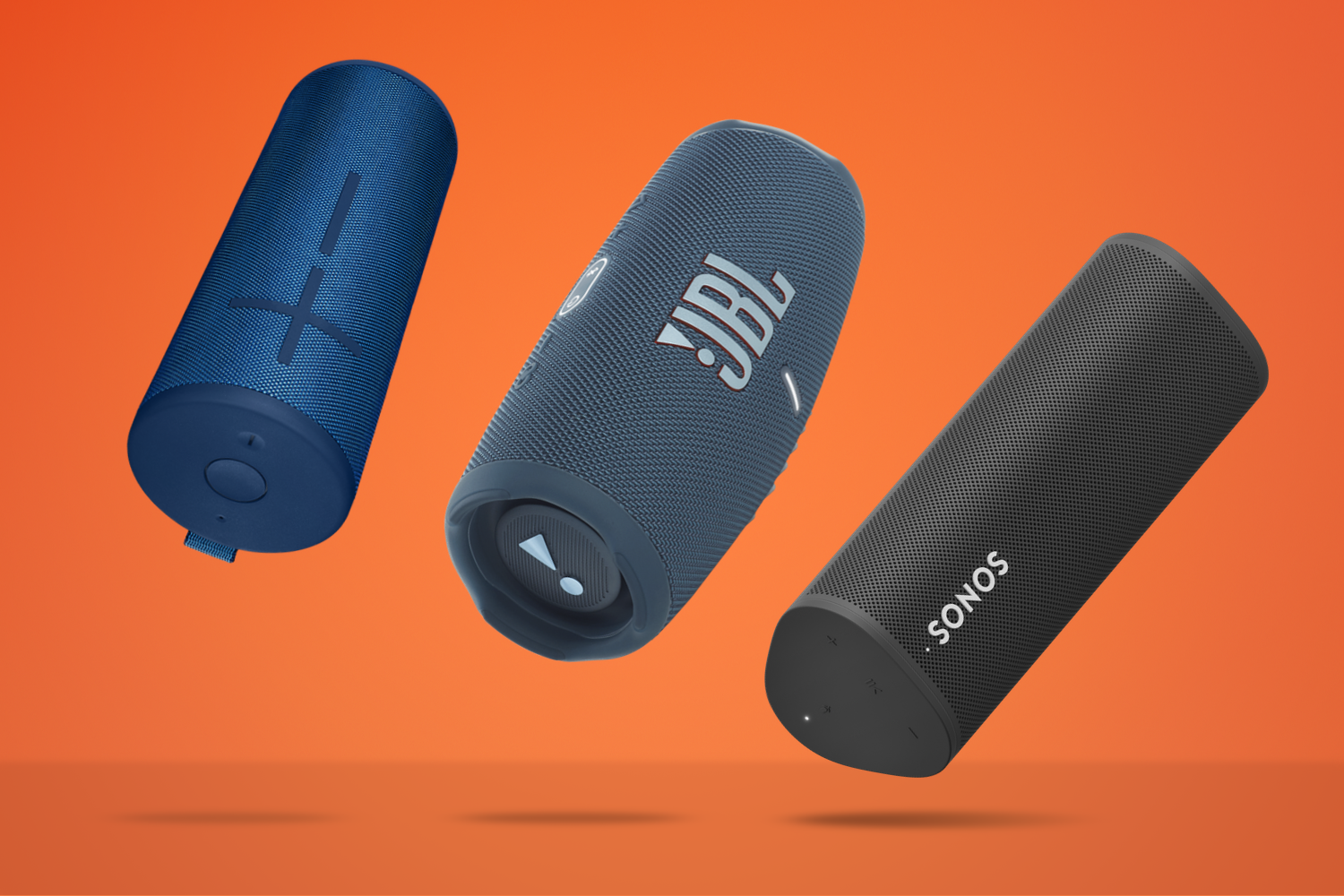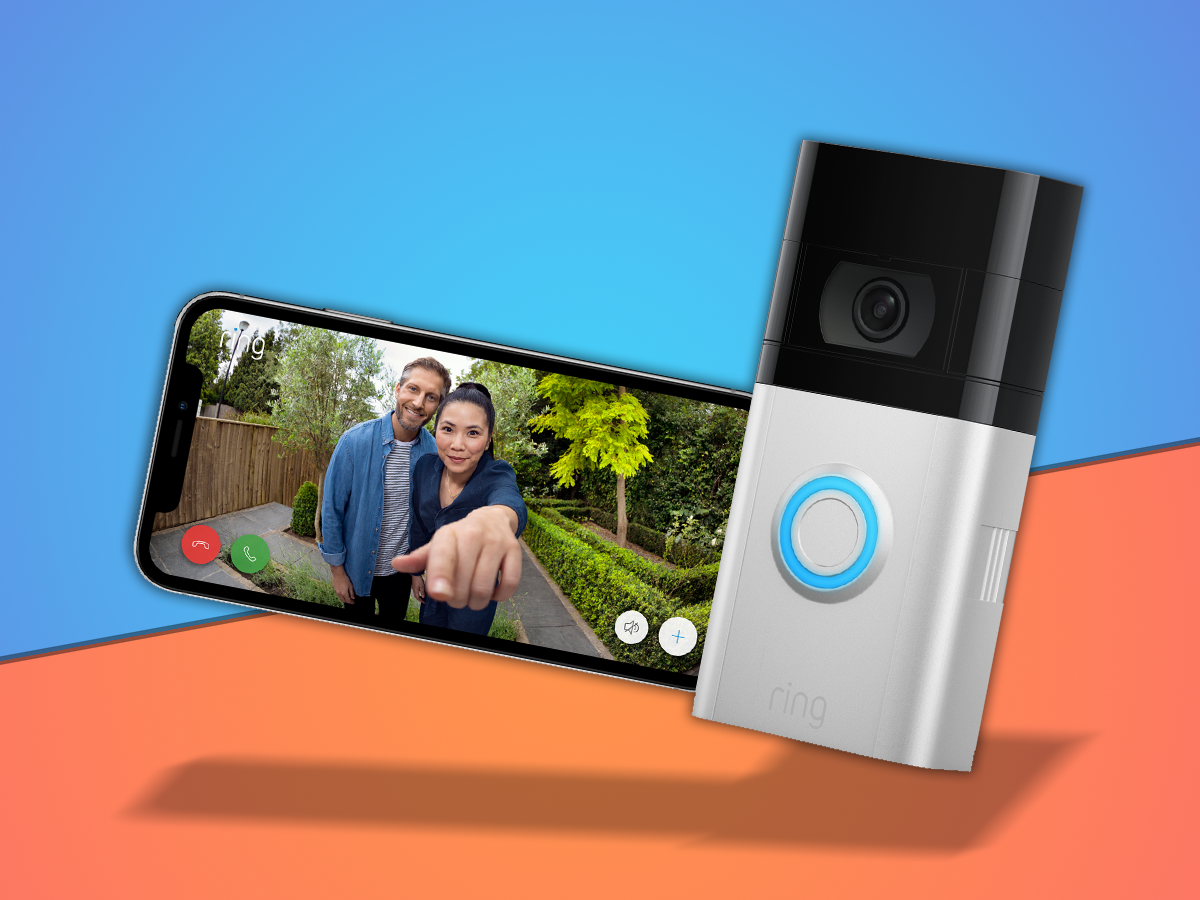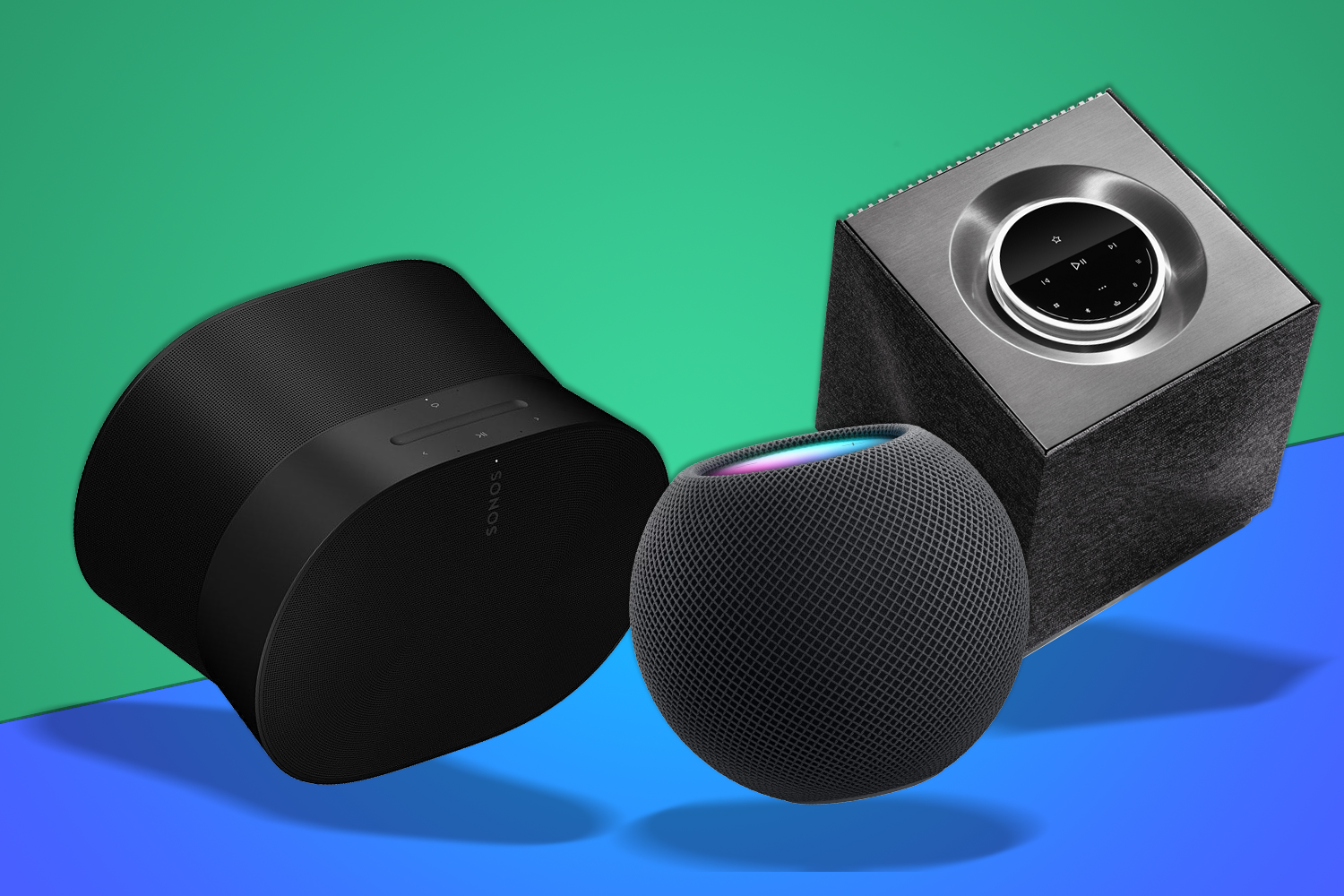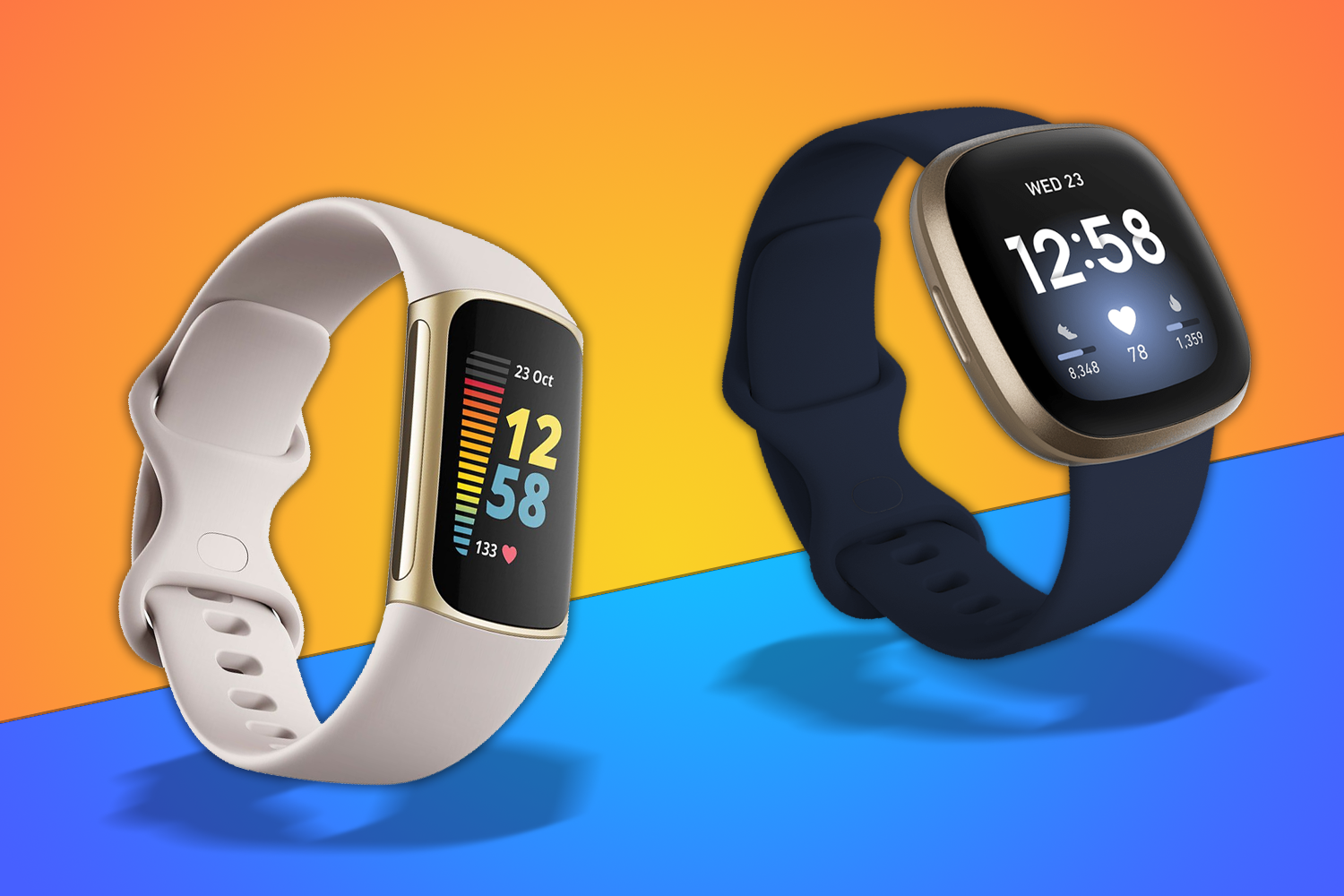Samsung’s Galaxy S25 series of flagship smartphones is here and as usual there are three different models. Let’s compare them to see what’s the same between all three and, crucially, what’s different.
As before, the new phones are called the Galaxy S25 Ultra, Galaxy S25+ (or ‘Plus’ if you prefer) and the standard Galaxy S25.
Pre-orders are now live, with full availability on 7 February. The new phones start at $799/£799 for the Galaxy S25, $999/£999 for the Plus and $1,299/£1,249 for the Ultra.
In the interests of full transparency, there isn’t a huge amount different in this year’s models versus last year’s (though there are many variations between the models, which we’ll cover off in this feature). Check out our comparisons with the S24 range here:
Wondering whether this year’s Galaxy is worth the upgrade?
This year’s Galaxy flagship goes head to head with last year’s
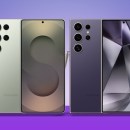

What’s the same between all the Galaxy S25 handsets
Firstly, let’s run through what’s the same between the handsets. And there’s quite a bit actually. Firstly, they all use the same – latest -Qualcomm Snapdragon 8 Elite chipset, labelled here as being ‘for Galaxy’ which essentially is a way of saying the companies worked together to implement it.
The displays are different in size and resolution, but they all have dynamic refresh rates and a 2600nits of maximum peak brightness. All three handsets also have a new minimum 12GB of memory (RAM) which is a real bonus and all are rated IP68 which means they’re water and dustproof.
All three phones are lighter than their predecessors – by 15g for the Ultra, 7g for the S25+ and 6g for the S25.
All three phones are running Samsung’s latest One UI 7 software on top of Android 15. One UI is one of the best of the Android versions and is just great to use, without much in the way of intrusion from well-meaning but ultimately annoying extra info. While Galaxy AI debuted last year, Samsung has pushed out some new features, including improved Circle to Search and the ability to understand more natural commands such as multi-step tasks so you don’t have to jump between apps.
Galaxy S25 series specifications comparison
| Galaxy S25 Ultra | Galaxy S25+ | Galaxy S25 | |
| Screen | 6.9in, 3120×1440, 1-120Hz, 2600nits AMOLED | 6.7in, QHD+, 1-120Hz, 2600 nits | 6.2in, FHD+, 1-120Hz, 2600 nits |
| CPU | Snapdragon 8 Elite for Galaxy | Snapdragon 8 Elite for Galaxy | Snapdragon 8 Elite for Galaxy |
| Memory | 12GB | 12GB | 12GB |
| Cameras | 200MP + 10MP + 50MP + 50MP rear 12MP front |
50MP + 10MP +12MP rear 12MP front |
50MP + 10MP +12MP rear 12MP front |
| Storage | 256GB/512GB/1TB | 256/512GB | 128/256/512GB |
| Battery | 5000mAh | 4900mAh | 4000mAh |
| Charge speed | 45W wired, 15W wireless | 25W wired, 5W wireless | 25W wired, 5W wireless |
| Durability | IP68 | IP68 | IP68 |
| S-Pen included | Yes | No | No |
| Dimensions | 163x78x8.2mm, 218g | 158x76x7.3mm, 190g | 147x71x7.2mm, 162g |
What’s different between all the Galaxy S25 handsets
The most obvious difference between the phones is the physical size of them, which steps up (or down depending on which way you’re going) from 6.2 to 6.7 to 6.9in. The resolutions of the three displays are also predictably different. Aside from the screen size, the main difference between the S25 and S25+ is in terms of the battery, which takes a significant step up in the S25+ compared to the S25.
Otherwise, the differences between the S25 and S25+ are with the Ultra rather than each other – there’s a completely different camera system inside the Ultra than the standard models.
The Ultra boasts 200MP main f/1.7 camera with optical image stabilisation in addition to 10MP, f/2.4 (3x optical) and 50MP, f/3.4 (5x optical) telephoto cameras. Plus it has a new-for-2025 50MP ultrawide.
The S25 and S25+ offer a 50MP main camera with f/1.8 aperture, dual-pixel phase detect autofocus and optical image stabilisation. Then there’s the 12MP, f/2.2 ultrawide (120 degree fov) and 10MP, f/2.4 telephoto with PDAF, OIS and 3x optical zoom.
The batteries are also different between all three – 5000 vs 4900 vs 4000mAh. And there are even different charging speeds between the Ultra and the other models. It’s 45W wired and 15W wireless on the Ultra, with a relatively poor 25W wired and 5W wireless on the standard models.
Otherwise, the only major difference is that the Ultra has the S-Pen stylus that slides into the body and can be used for most operations and handwriting on the phone.
Galaxy S25 Ultra is available in Titanium Silverblue, Titanium Black, Titanium Whitesilver and Titanium Grey. The Galaxy S25 and Galaxy S25+ are available in Silver Shadow, Navy, Icy blue and Mint. All of the phones will have exclusive colours available from Samsung’s web store.



